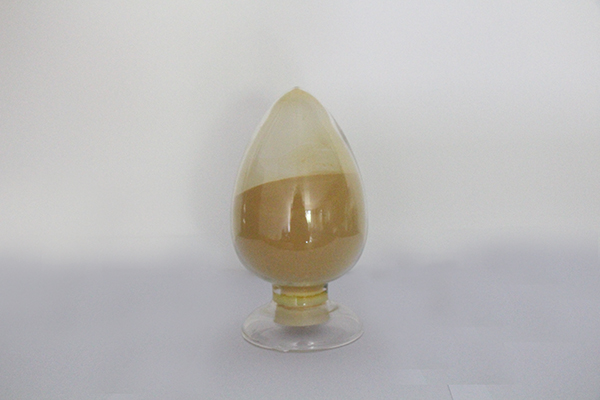Incomplete reaction of raw materials for PFS production
The raw materials for the production of polymerized ferric sulfate we are talking about here mainly refer to sulfuric acid and ferrous sulfate. Using oxygen as oxidant, the ferrous ion decomposed from ferrous sulfate is oxidized to ferric ion under acidic condition, and then polymerized to form polymeric ferric sulfate. So, in this process, if the raw materials are not completely reacted, what kind of impact will it have?

1. The dosage of sulfuric acid directly affects the stability of PFS. As a raw material, it can improve the acidity. The ratio of it to ferrous sulfate directly affects the basicity of the product. Therefore, the dosage should be based on the ratio of ferrous sulfate to ferrous sulfate, which is generally 1:0.2g/mol. Production process of polyferric sulfate.
2. When excessive ferrous sulfate is added, the finished product will not reach the standard, the ferrous ion will exceed the standard, and the product will appear dark green.
3. In the production of PFS, if the raw materials are not completely reversed, the formed molecular chain will not be strong enough and the flocculation effect will be reduced.
Therefore, in the production, it is necessary to adjust the dosage of raw materials in proportion, control the reaction temperature, time, stirring speed and other conditions to ensure the complete reaction of raw materials. In case of excessive ferrous sulfate, excess sulfuric acid can be added to continue the reaction.
The product can not reach the standard, the divalent iron ions exceed the standard, and the molecular chain is not strong enough. The color is green, dark green. The flocculation effect decreased. In addition to sulfuric acid as raw material, it can also improve the acidity, and its dosage is the most direct factor affecting the basicity. In order to ensure the content of basicity, sulfuric acid and ferrous sulfate are usually added at the ratio of 1:0.2g/mol.